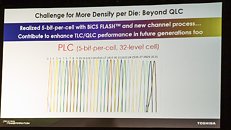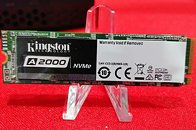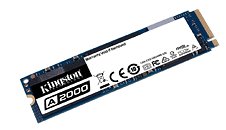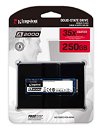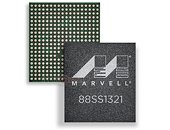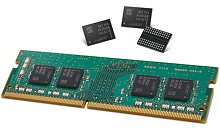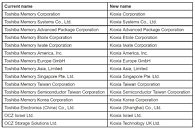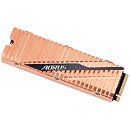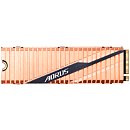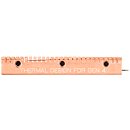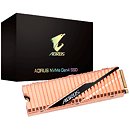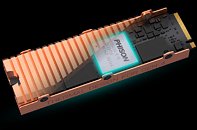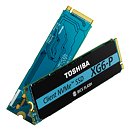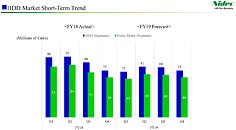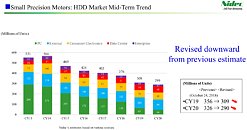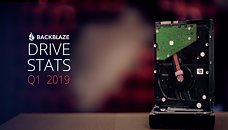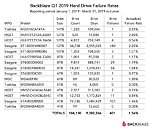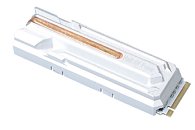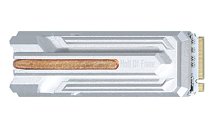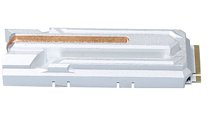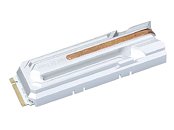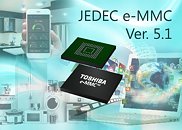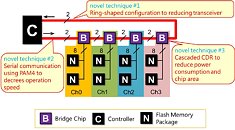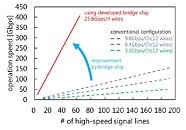
Toshiba Memory to Acquire Lite-On's SSD Business
Toshiba Memory Holdings Corporation, which will rebrand as Kioxia Holdings Corporation on October 1, 2019, announced today that it has signed a definitive agreement with LITE-ON Technology Corporation to acquire its Solid State Drive (SSD) business. The purchase price is 165 million US dollars; the transaction is expected to close by the first half of 2020 and is subject to customary closing adjustments and regulatory approval.
LITE-ON is a Taiwan-based supplier of optoelectronics, storage, semiconductors and other devices. Toshiba Memory and LITE-ON share a commitment to quality, innovation and manufacturing excellence. With cultural synergies and LITE-ON's proven experience in the SSD field for personal computers and data centers, Toshiba Memory sees this acquisition as a way to significantly strengthen its SSD business.
LITE-ON is a Taiwan-based supplier of optoelectronics, storage, semiconductors and other devices. Toshiba Memory and LITE-ON share a commitment to quality, innovation and manufacturing excellence. With cultural synergies and LITE-ON's proven experience in the SSD field for personal computers and data centers, Toshiba Memory sees this acquisition as a way to significantly strengthen its SSD business.

